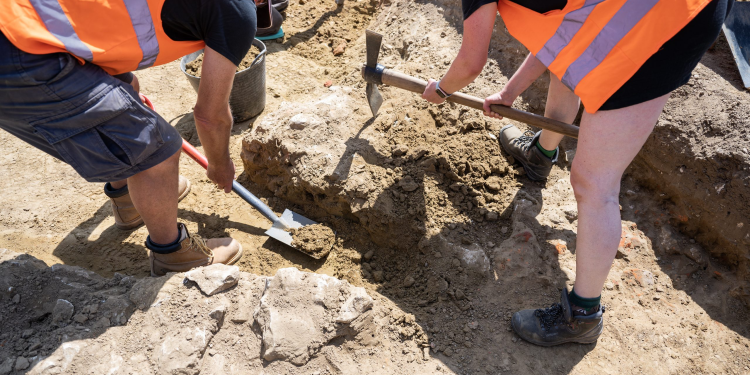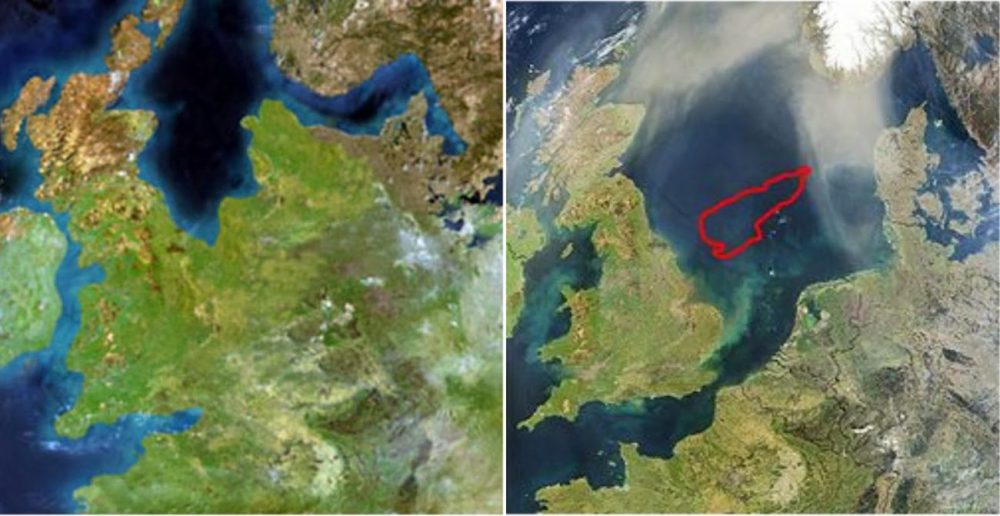In an important archaeological find, a trench uncovered at the Mont-Saint-Jean farm in Belgium has provided new evidence of the brutal conditions following the Battle of Waterloo. Led by Waterloo Uncovered and Professor Tony Pollard from the University of Glasgow, the excavation has revealed a detailed snapshot of the battle’s tragic aftermath.
Among the most striking aspects of the discovery was the careful separation of a soldier’s remains from nearby animal carcasses, reflecting a significant gesture of dignity amidst the devastation.
Insights into the Historical Aftermath
Waterloo Uncovered, an organization committed to combining archaeological research with veteran welfare, uncovered the remains near the field hospital established by the Duke of Wellington during the battle. This site treated more than 6,000 soldiers, offering a grim look into the chaotic days following Napoleon’s defeat.
Despite the 20,000 lives lost during the battle, human remains have been scarce—until this find. Only two other bodies have ever been recovered, one by Waterloo Uncovered just two years ago. The latest excavation helps shed light on the somber realities faced by the soldiers and the impact of the battle on European history.
A Haunting Discovery
The trench’s contents revealed a tragic picture of war. Ammunition boxes, removed from soldiers’ satchels, were used to divide the remains. On one side were animal carcasses—seven horses and an ox—while on the other were human remains, including amputated limbs and the full skeleton of a soldier. This skeleton had been first discovered during an earlier dig in 2022.
Professor Tony Pollard noted the uniqueness of the find, calling it an extraordinary example of Napoleonic archaeology. “I can’t think of any other site that has this combination of elements,” Pollard remarked. The deliberate separation of the remains suggests that those responsible for the burial tried to maintain a sense of dignity for the fallen, even in such dire circumstances.
Veterans and the Healing Process
Waterloo Uncovered’s work extends beyond historical research, offering therapeutic benefits to veterans involved in the excavation. The veterans, some of whom have seen their own combat experiences, found healing through their participation. By uncovering the remnants of one of history’s most famous battles, these individuals were able to confront their own pasts in a meaningful way.
CEO Abigail Boyle explained that the project has a profound impact on veterans. “It may seem counterintuitive, but it’s actually beneficial,” she said. Digging through the remnants of a past battle offers veterans the opportunity to reflect on their own experiences, while working alongside others who understand the complex emotions that war brings.
One volunteer shared, “Our veterans are exploring the aftermath of a battle while dealing with the ongoing aftermath of battles they have fought in – an aftermath which is often going on in their minds.”
New Opportunities in Napoleonic Archaeology
As the excavation continues, Waterloo Uncovered plans to further explore the site in hopes of discovering additional artifacts and remains. Each new find adds to the historical understanding of the Battle of Waterloo, enriching what we know about this defining moment in European history.
What other secrets might this site hold? Let us know your thoughts as more layers of history are revealed.











